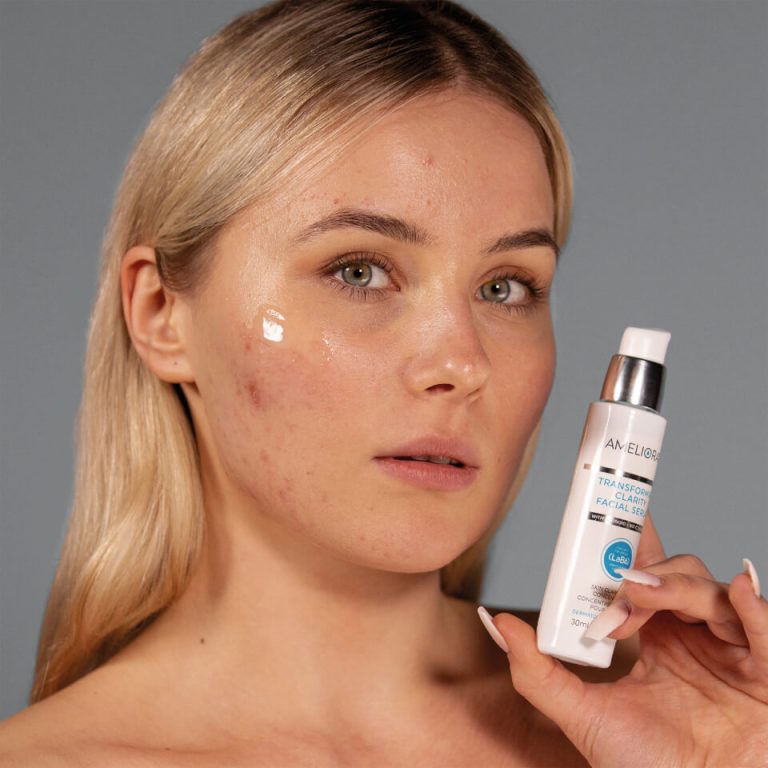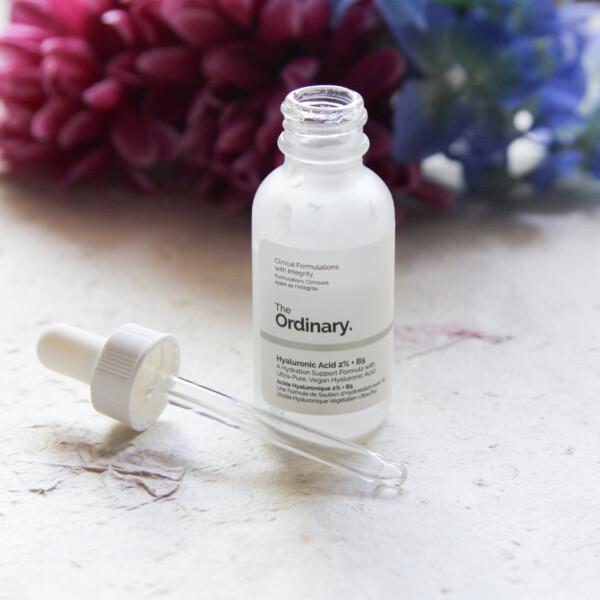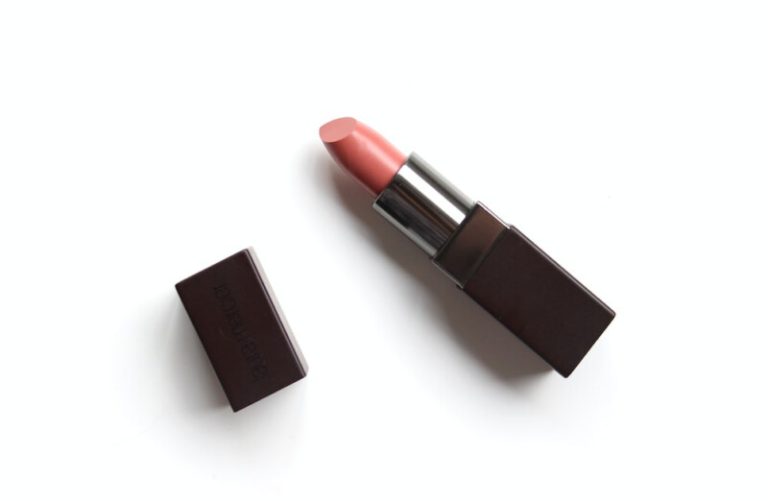Can I Use Tretinoin and Niacinamide Together?
I’ve noticed that two of the most popular ingredients in skincare right now are tretinoin and niacinamide. Both seem to be included in many acne treatments, anti-aging serums, and products that aim to improve skin texture and radiance. However, a common question that arises is – can I use tretinoin and niacinamide together in my skincare routine?
Let’s take a closer look at what these ingredients are, their benefits, and how to use them properly.
What Is Tretinoin?
Contents
- What Is Tretinoin?
- How To Use Tretinoin?
- Benefits of Using Tretinoin
- Which Products Can Be Combined With Tretinoin?
- Does Tretinoin Contain Retinol?
- What Is Niacinamide?
- How To Use Niacinamide
- Benefits of Using Niacinamide
- Can I Use Tretinoin And Niacinamide Together?
- How to Layer Tretinoin and Niacinamide Correctly
- Side Effects of Tretinoin and Niacinamide
- FAQs About Tretinoin and Niacinamide
- In Conclusion
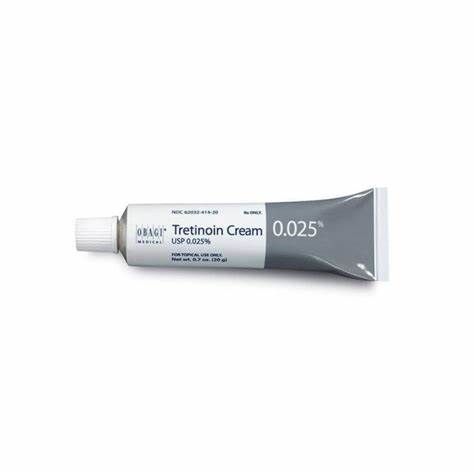
Tretinoin is a topical retinoid that is used to treat acne and skin issues like photoaging. It is a derivative of vitamin A and is available by prescription only.
Some of the key benefits of using tretinoin include:
- Increasing cell turnover and stimulating collagen production – This makes it great for anti-aging and reducing fine lines and wrinkles.
- Improving skin texture – It can smooth out rough skin and even tone.
- Treating acne – It works by unclogging pores and reducing sebum production.
- Reducing acne scars and hyperpigmentation – With improved cell turnover, it can help fade dark acne marks and spots.
However, tretinoin use needs to be monitored by a dermatologist as it can initially cause irritation, dryness, peeling, redness and increased sun sensitivity. With continued use, the skin adjusts and the side effects reduce. But sun protection is vital when using tretinoin.
How To Use Tretinoin?
When using tretinoin, follow these steps:
- Wash your face and pat dry before application. Avoid applying it on damp skin.
- Take a pea-sized amount of tretinoin cream or gel.
- Gently massage it into your skin. Avoid the eye area.
- Wash your hands to remove any excess product.
- Allow the cream to absorb fully before applying a face moisturizer.
It is crucial to be patient and consistent when using tretinoin. It can take 2-3 months of regular application to see visible improvements. Follow your dermatologist’s advice on usage frequency.
Benefits of Using Tretinoin
With proper usage under medical guidance, tretinoin offers many benefits:
- Clears acne and unclogs pores – Its comedolytic effects treat blackheads and pimples.
- Reduces hyperpigmentation – It evens out skin tone and fades spots and marks.
- Anti-aging effects – It boosts collagen, improves elasticity, and reduces fine lines.
- Cleanses the skin – It clears away dead skin cells and debris in pores.
- Refines skin texture – It smooths out rough patches for radiant skin.
Always customize your use according to your skin goals and speak to your dermatologist.
Which Products Can Be Combined With Tretinoin?
When using tretinoin, avoid combining it with:
- Exfoliating acids – Ingredients like benzoyl peroxide, salicylic acid or glycolic acid can be too harsh.
Instead, combine tretinoin with:
- Gentle, hydrating creams and gels – To counter dryness, use a sensitive skin-friendly moisturizer.
- Broad spectrum sunscreen – Because tretinoin increases sun sensitivity significantly.
- Hyaluronic acid – For an extra dose of hydration to prevent flaking.
- Vitamin C – To boost collagen production and tackle pigmentation.
Always consult your dermatologist before combining any products with tretinoin.
Does Tretinoin Contain Retinol?
Tretinoin and retinol are often confused but there are some key differences:
- Tretinoin is a prescription-only retinoid, while retinol is an over-the-counter product.
- Tretinoin is a much stronger and faster-acting ingredient compared to retinol.
- However, both help boost collagen, reduce acne, improve tone and tackle signs of aging.
- Retinol is better suited for beginners before stepping up to tretinoin.
While related, tretinoin and retinol have slightly different effects. Consult your dermatologist on which ingredient is best for your particular skin needs.
What Is Niacinamide?
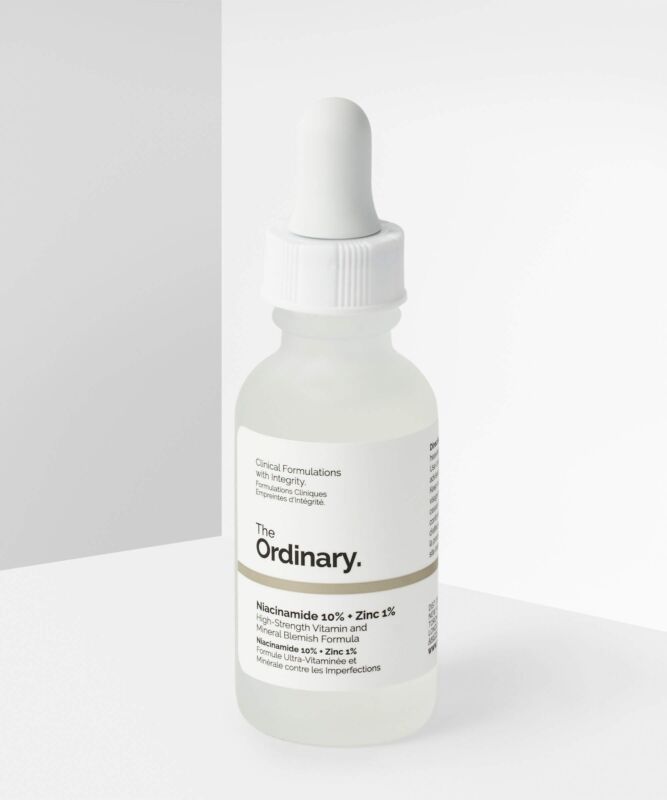
Niacinamide, also known as vitamin B3, is another popular skincare ingredient. Some key benefits include:
- Controlling acne and improving complexion – It regulates sebum production and prevents breakouts.
- Reducing redness and inflammation – It soothes irritation and sensitivity.
- Strengthening the skin barrier – It improves the skin’s protective functions.
- Retaining moisture – It prevents water loss to keep skin hydrated.
- Protecting against environmental damage with its antioxidant effects.
Its versatility and safety make niacinamide suitable for all skin types.
How To Use Niacinamide
Using niacinamide is quite straightforward:
- Apply it 1-2 times per day after cleansing and toning.
- Let it fully absorb before applying other products. Avoid combining it with vitamin C.
- Use a 5-10% niacinamide serum or include it in your moisturizer.
- It can take 2-4 weeks to see visible results in terms of texture and tone.
Always do a patch test first and introduce it slowly into your routine. Speak to your dermatologist for personalized advice.
Benefits of Using Niacinamide
With regular use, niacinamide offers multiple skin benefits:
- Calms inflammation and sensitivity – It soothes red, irritated skin prone to flare-ups.
- Strengthens the moisture barrier – It reduces moisture loss and keeps skin hydrated.
- Protects against environmental damage with its antioxidant effects.
- Controls excess sebum – It balances oil production and prevents acne.
- Evens out skin tone – It lightens dark spots and hyperpigmentation.
- Plumps and hydrates skin – It retains moisture and gives a dewy glow.
Can I Use Tretinoin And Niacinamide Together?
The good news is – yes, you can absolutely use tretinoin and niacinamide together! When combined properly, they can provide complementary skin benefits.
Here are some pointers on using them together:
- Use niacinamide in your morning routine, and tretinoin at night. This avoids simultaneous application and irritation.
- Target niacinamide on any areas of redness, and tretinoin on acne-prone areas or fine lines.
- Look for products containing both, and apply them separately. Or mix them into your moisturizer.
- Adjust frequencies based on your skin’s tolerance. Alternate nights if sensitivity occurs.
Always consult your dermatologist and ease into using them together gradually. Be patient for results.
How to Layer Tretinoin and Niacinamide Correctly
When combining tretinoin and niacinamide, layering them properly is key to avoid any irritation. Here are some tips:
- Avoid excessive exfoliation – Gentle cleansing and toning is enough before applying them.
- Follow the “thinnest to thickest” rule – Apply lighter serums first before heavier moisturizers.
- Apply niacinamide before tretinoin – As niacinamide is gentler and will prep skin.
- Wait for products to fully absorb before applying the next. Give them time to work.
As always, do a patch test first and introduce them slowly. Adjust frequencies based on skin tolerance. Consult your dermatologist if any irritation occurs. With the proper technique, you can reap their combined benefits.
Side Effects of Tretinoin and Niacinamide
Used properly, both ingredients are well-tolerated. But it’s good to be aware of potential side effects:
- Tretinoin can cause dryness, peeling, redness and irritation, especially at the start. These subside with time.
- Niacinamide is very gentle. Some people experience mild flushing. Excessive use can cause breakouts.
To avoid irritation:
- Use only a small amount of tretinoin and build up frequency slowly.
- Follow with a gentle moisturizer to counter dryness.
- Reduce application if irritation occurs and consult your dermatologist.
With careful use, you can avoid exacerbating any side effects. Be patient and you will be able to enjoy the skin benefits.
FAQs About Tretinoin and Niacinamide
Can I combine niacinamide with retinol instead of tretinoin?
Yes, niacinamide can be safely combined with over-the-counter retinol too. Since retinol is gentler, it may be preferable for beginners before using the stronger tretinoin.
Should I apply moisturizer before or after tretinoin?
It’s best to apply tretinoin first and follow with a gentle, non-comedogenic moisturizer. Applying moisturizer underneath can buffer the effects of tretinoin.
What ingredients should I avoid using with tretinoin and niacinamide?
Avoid using exfoliating acids like benzoyl peroxide and salicylic acid with tretinoin, as they can be too irritating. Vitamin C can inactivate niacinamide so use them at alternate times.
How should I layer multiple products containing tretinoin and niacinamide?
Apply lighter, water-based serums first before heavy creams. Leave sufficient time between product applications for proper absorption. Alternate between morning and evening use if combining both ingredients.
Always do a patch test when introducing new products into your routine. And of course, consult your dermatologist if you have any doubts or experience any irritation.
In Conclusion
In summary, tretinoin and niacinamide are two of the most multi-tasking ingredients that provide complementary skin benefits. When used properly under medical guidance, they can be combined together to tackle acne, pigmentation, fine lines, texture issues and more.
Be sure to ease them into your routine gradually and adjust application frequency and technique based on your skin’s tolerance. Most importantly, consult your dermatologist for personalized advice on how to incorporate these actives into your skincare regimen for the best results. With consistent use, you will be able to tackle an array of complexion concerns and achieve your ultimate skin goals.

Founded by Sophia Rodriguez, IGXO Cosmetics is a PETA-certified, cruelty-free, and vegan makeup brand.
